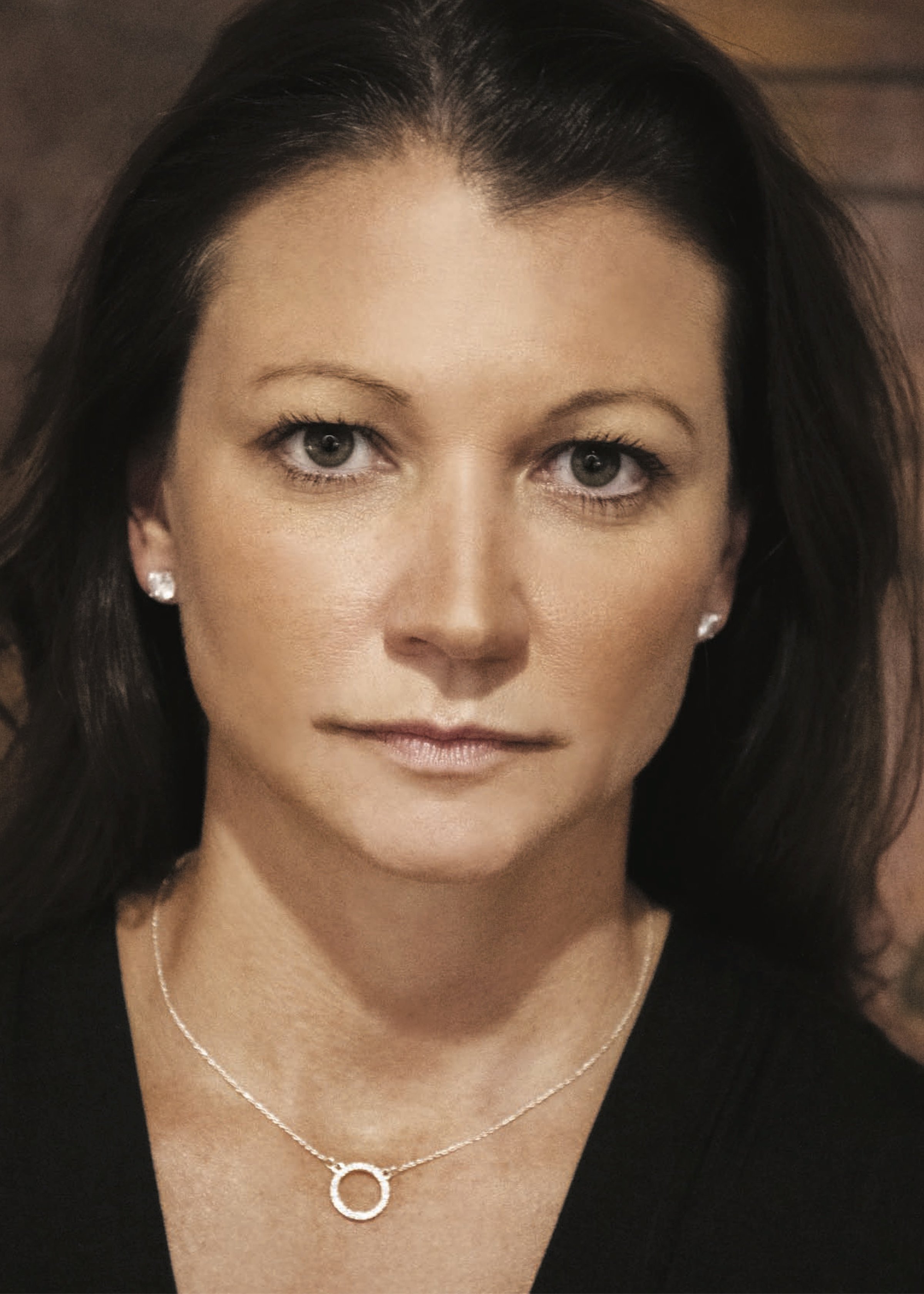inside spine surgery
a conversation with Dr. Lindsey Clark
“I started thinking about a medical career sometime between high school and college.At the time I was thinking I would be a doctor or a lawyer. I decided to go the doctor route. No one in my family was in medicine.”
–Lindsey Clark, MD
Dr. Lindsey Clark is an orthopedic surgeon with offices and patients throughout Western New York. She conducts spine surgery at the Erie County Medical Center.
“I do general orthopedics at several different hospitals,” says Dr. Clark. “I do lumbar and cervical surgeries. Approximately seventy percent of my practice is spine surgery.”
The orthopedics world is unique in that there aren’t non-operative providers. If you have a heart problem, for instance, you see a cardiologist. But if you have something operative, you see a cardiothoracic surgeon. In the spine world, by contrast, whether you need surgery or not, you see a spine surgeon.
“At our practice, we want to exhaust all non-operative medicine first,” explains Dr. Clark. “So we’ll run you through a gamut of non-operative options and if you don’t respond, we may consider surgery.
“The course of treatment obviously depends on a patient’s particular problem. Stable spine fractures can usually be treated without surgery, whereas patients with pressure on their spinal cord–unstable fractures–often require surgical intervention,” she explains.
One procedure that is fairly common is called percutaneous instrumentation of the spine. In this procedure, the surgeon places screws through separate small incisions, often using computer navigation or intraoperative X-ray.
Even if surgery is warranted in a specific case, the goal is to be as non-invasive as possible.“For example, if there’s a fracture and I can stabilize that fracture by making small incisions, a screw above and a screw below, I’ll do that–that’s percutaneous instrumentation. Whereas when a patient has pressure on the neural elements of the spine, you typically have to make a larger incision.”
Indeed, there are a lot of things that spine surgeons can prescribe that don’t involve the operating room. “Eighty-five percent of patients who come in with a large disk herniation causing leg pain can be helped with non-operative management, including physical therapy and injections,” says Dr. Clark. “That includes chiropractic treatments, which are becoming more accepted as a non-operative treatment. It’s another tool in a healthcare provider’s toolbox.”
Growing up in Attica, New York, Dr. Clark played a lot of sports. In high school she played basketball and soccer and ran track.
“I applied to a lot of schools, and they were trying to recruit me to play basketball,” she recalls. “But it was sort of like, ’Do I play basketball at a D-3 school and make that the focus of my next four years, or do I make academics the focus in the hope of going to medical school?’” Dr. Clark chose the latter, and instead of playing basketball participated in the concert and marching bands, playing baritone horn at the University of Notre Dame.
She later earned her medical degree from the University at Buffalo. “UB Med School had an early assurance program at that time, so I got into medical school during my junior year at Notre Dame. It was what I wanted to do, and I was fortunate enough to get chosen for that.”
What attracted Dr. Clark to medicine?
“I think you get the most reward from improving other people’s lives, helping other people,” she explains. “To be able to do that every day is amazing. I can’t think of anything else I would enjoy more than that, which is why I chose to become a doctor.”
Her interests outside of medicine revolve around her children and family. She has an eleven- year-old son and an eight-year-old daughter. Her husband coaches their son’s football team, while she coaches their daughter in basketball and soccer.
Now in her tenth year of medical practice, Dr. Clark is also a clinical assistant professor of orthopedics at the University at Buffalo, where she has been teaching for fifteen years.“Teaching at UB is extremely rewarding because it’s another way for me to give back to the community I was raised in,” she explains. “It’s great to see ten years of residents go out and spread their wealth of knowledge and expertise.”

